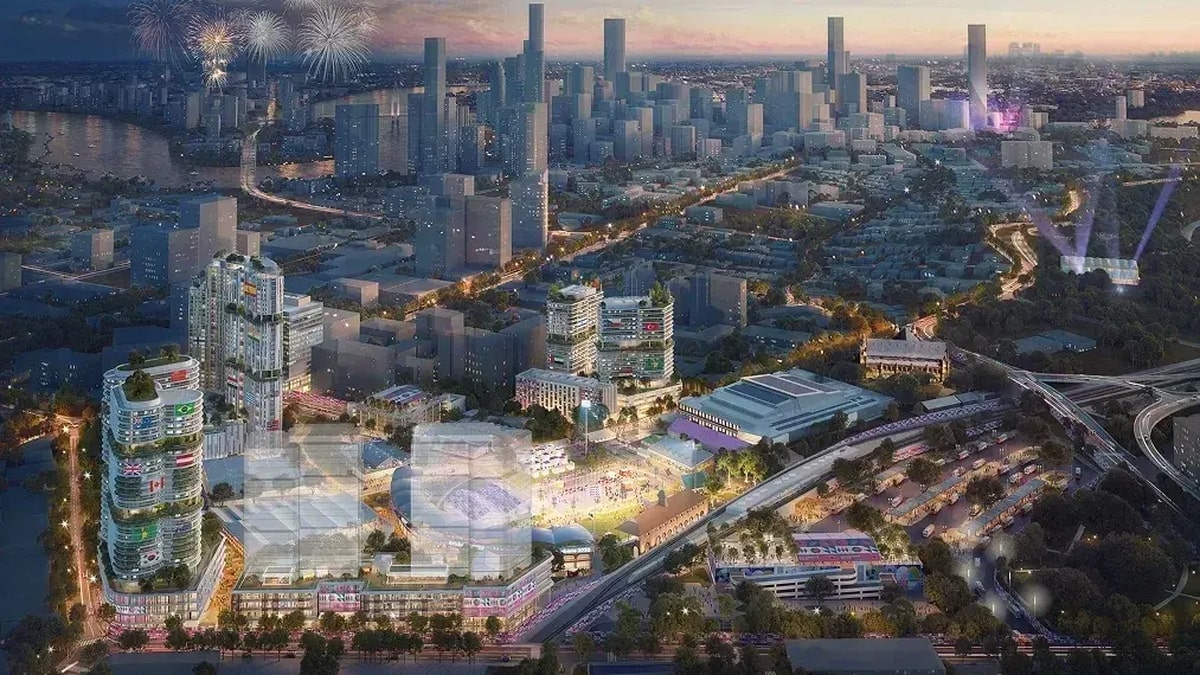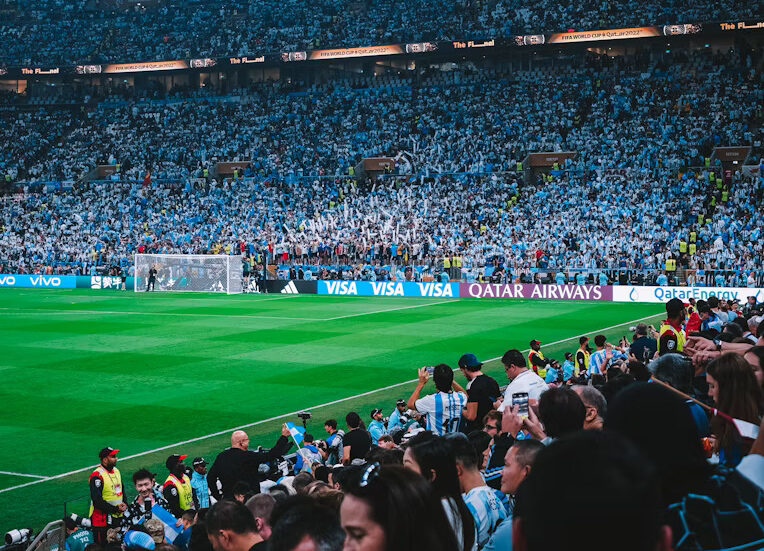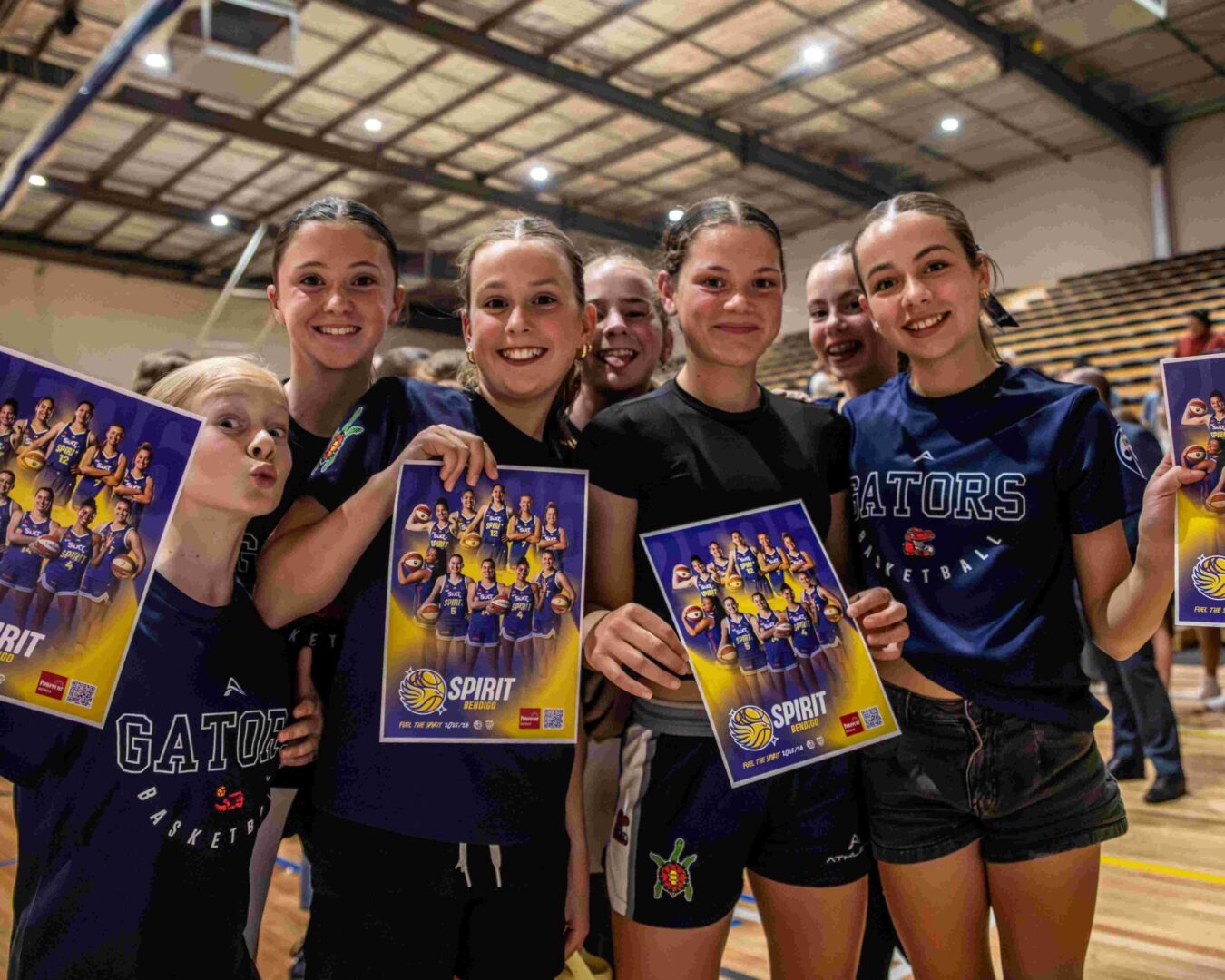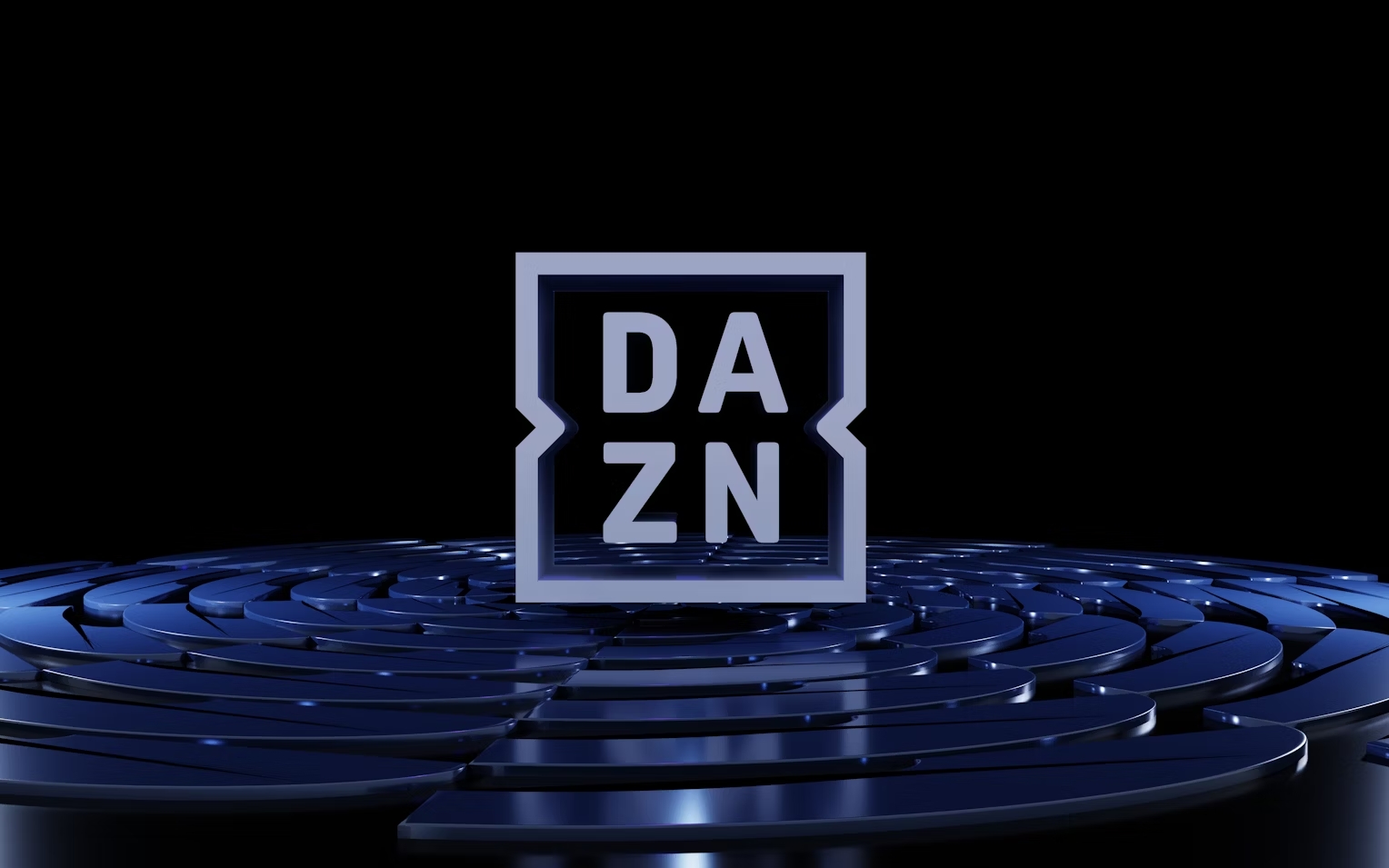Brisbane 2032: How the Latest Venue Plan Weighs Up

- Victoria Park Stadium cost up to AUD$5 billion due to surrounding infrastructure.
- Construction costs up 38% from 2021 to 2035, construction inflation set to sit at 5.1% through 2029.
- 30,000-40,000 additional construction workers needed in Queensland per year until 2032.
- Large scale events and stadiums have a history of going over budget.
- Private investment to fund Brisbane arena after Olympics.
The Queensland Government announced their venue plan for the 2032 Olympics, which involved several major infrastructure projects, including the new Victoria Park Stadium, which was originally set to cost AUD$3 billion.
In official documents, the original operational budget, before a venue plan was put in place, was set at AUD$4.45 billion and increased by AUD$1.35 billion months after Brisbane won the Games, however, this figure has continued to rise over the last four years as the previous government reassessed different factors.
Construction costs have also risen by 38%, forcing the overall budget to expand, which initially involved a AUD$2.7 billion of the Gabba and a new AUD$2.5 billion arena, while AUD$935 million was allocated to other venues around the state.
Additionally, the AFR has estimated construction inflation will sit around 5.1% between 2026 and 2029, which is where construction of Brisbane 2032 venues is planned to be in full swing.
The Victoria Park precinct, which includes the new stadium, is already hitting AUD$5 billion as additional infrastructure projects such as train stations, improved security and other infrastructure.
Commenting on additional cost blowouts in an interview with Sky News Australia, Brisbane 2032 Organising Committee president, Andrew Liveris, said: “Costs of building materials and inflation is a fact of life for any project including this one, however, what he have here is a firm plan.
“So now what people like me have to do now is work with delivery partners to finalise the scope and then finding ways to not allow inflation by having contingencies and alternatives.
“The beauty about a plan is that we have a scope and a way to look at optimisation that we can implement, and as you see costs go up there’s mitigators.
“Paris showed us that one of the most important things in terms of payback is accessibility in its fullest form, including disabilities, but also transport in and out.
“The government has now released an infrastructure plan that creates a precinct, that includes the stadium, aquatic centre and the athletes village,” he said.
In the past many Olympic Games have ended over budget, including Paris 2024 which went 25% over, Tokyo 2020, London 2012, and Sydney 2000.
With the inflation of construction, it’s more than likely Brisbane 2032 could follow its predecessors in a trend that could see them spend upwards of 25% over budgeted costs.
Costs Around the World:
Modern stadium designs, along with a desire for a complex to accompany a structure has resulted in the increase of construction budgets around the world.
SoFi Stadium to date is the most expensive stadium built, which opened in Inglewood in 2020, and cost an estimated US$5-6 billion (AUD$8-9.5 billion) which includes the development costs and features several modern elements, such as a translucent roof, anchored onto the ground at four points to create air flow through the stadium.
Elsewhere, Saudi Arabia has committed at least US$20 billion (AUD$31.83 billion) for the sole purpose of building 15 new stadiums alone for the 2034 FIFA World Cup, which will include the proposed King Salman International Stadium, and will host 92,000 fans.
The surrounding areas will feature multi-purpose arenas, an athletics stadium, aquatic centre and commercial spaces, all while being designed to adapt to Saudi Arabia’s climate.
While, London 2012’s Olympic Stadium was budgeted at GBP£200 million and cost GBP£486 million, an increase of 143%, which would have cost GBP£852 million (AUD$1.75 billion) today.
The conversion to a multi-purpose stadium then cost a further £274 million (AUD$564 million), increasing the total cost of the stadium to GBP£700 million, 250% more than the stadium’s budget.
Rising Construction Costs:
Currently, the major talking point is the cost that will come with the venues, especially the Victoria Park precinct.
Along with a 38% increase in construction costs, the AFR reports that Brisbane construction inflation will sit around 5.1% from 2026 to 2029, which will add an extra AUD$800 million to the total cost.
Pressures to hit deadlines are also a worry, as an estimated 30,000-40,000 construction workers will be required in Queensland per year until 2032, which is in addition to the current 285,000 workers in the state already.
This need for construction workers could also create additional issues in housing markets as workers move to help construct 2032 venues.
World Class Elements:
Along with modern design, stadiums are starting to bring a luxury experience to event days, including wide varieties of food and drink, greater accessibility, well-designed seating and in some cases, temperature control.
Stadiums are also built with sustainability in mind, while using the latest accessible technology, including high-speed internet, high-resolution video screens and fan zones, sometimes including virtual and augmented reality.
Private Enterprise:
The new 2032 venue plan has also resulted in a reallocation of funds, most specifically the AUD$7 billion funding package involving the Australian Government, which will be fully allocated to the newly proposed venues, eliminating the need for a new Brisbane indoor arena.
This has opened the door for a Brisbane arena and residential housing to replace the Gabba after the Olympics, which will be privately funded and built.
Commenting on the Brisbane arena, Queensland Premier, David Crisfulli, said: “The government’s decision not to proceed with the arena does not mean the death of the Brisbane arena.”
“What it does mean is an opportunity to put the $2.5 billion the federal government has budgeted towards other infrastructure.
“I can reveal the state government has seen offers from the private sector to build a Brisbane arena for the fraction of cost for tax payers.
“Our government will move the new Brisbane arena priority site from Roma Street to Wolloongabba and we will proceed immediately with a market led proposal,” he said.
It’s possible the door has also been left open for additional funding from private entities to get involved with Olympic venues, as Andrew Liveris suggests private money will come when there’s an ROI.
Commenting on interest from private firms in terms of the Victoria Park Precinct, Liveris, said: “I have full confidence in the country and the state’s execution capability when working with the private sector.
“There’s $7 billion committed, the legacy infrastructure plan is solid and strong, but private money will come in as well because there will be ROI,” he said.
Companies such as Live Nation and AEG, who invest in stadiums globally, have traditionally obtained the management rights to stadiums as well, putting Stadiums Queensland in a difficult position on who operates two of Queensland’s landmark venues.
Don’t miss out on the latest in sports business – Subscribe today to the free Ministry of Sport newsletter and stay ahead of the game. For even more exclusive insights, event tickets, professional development and networking events, become a MoS Member today!
Latest News
Similar Stories

AFC Women’s Asian Cup Australia 2026 Gold Coast Tickets Sold Out
The AFC Women’s Asian Cup Australia 2026™ has hit a benchmark, with the...

Souths Rugby Union Club Receives $1 Million Facility Upgrade Through Games On! Program
Souths Rugby Union Club will progress the next phase of its clubhouse redevelopment...

Century Cricket Centres Launches First U.S. Facility in Houston
Century Cricket Centres has officially opened its first U.S. facility in Houston, Texas,...
It's free to join the team!
Join the most engaged community in the Sports Business World.
Get all the latest news, insights, data, education and event updates.






